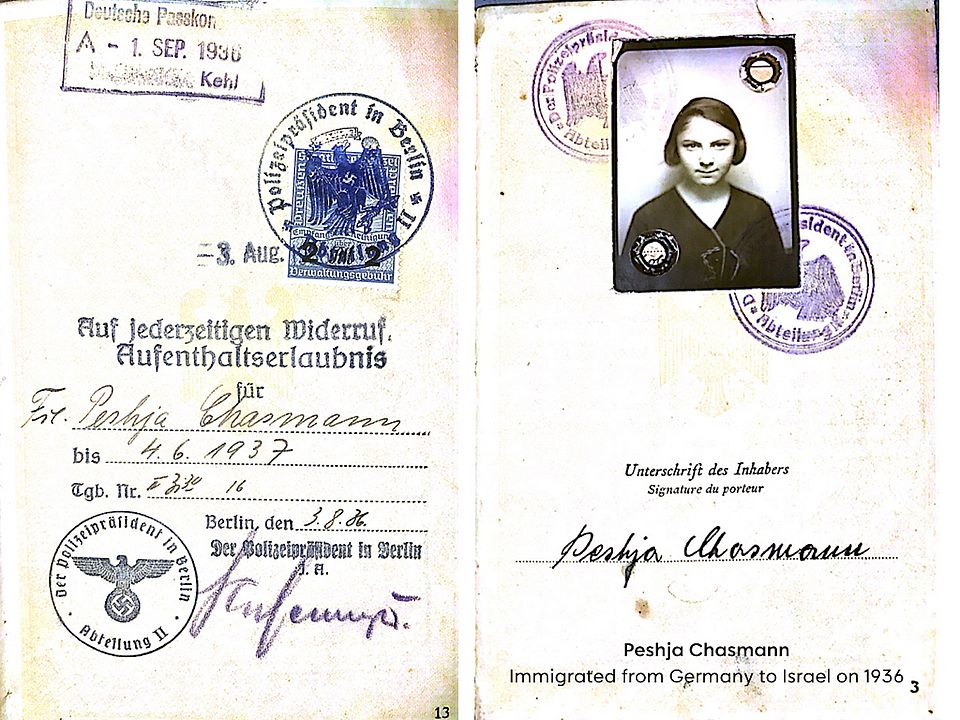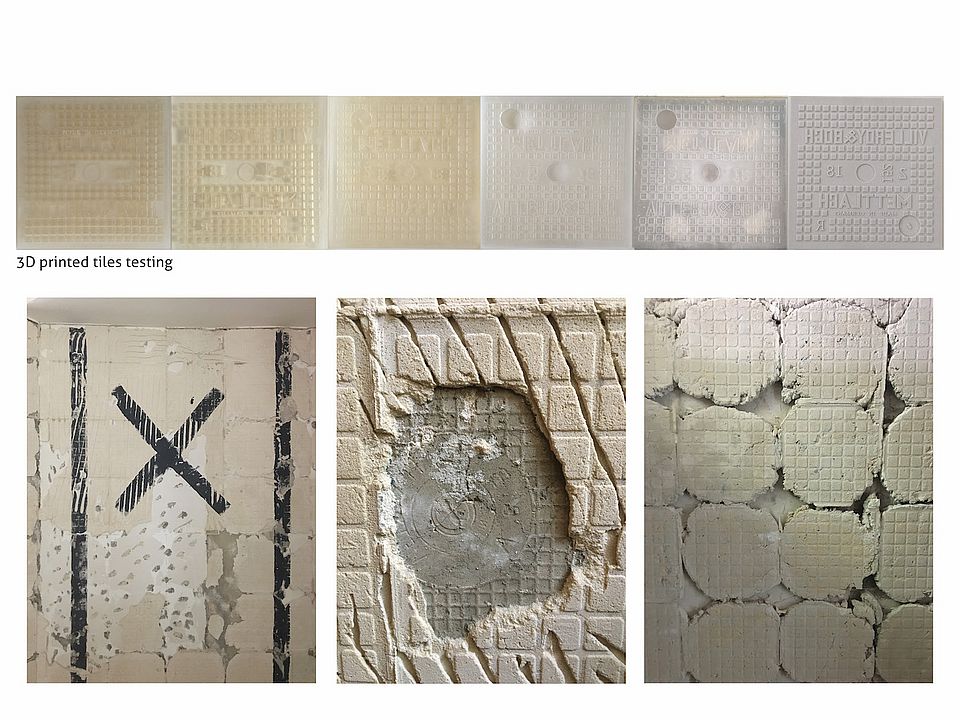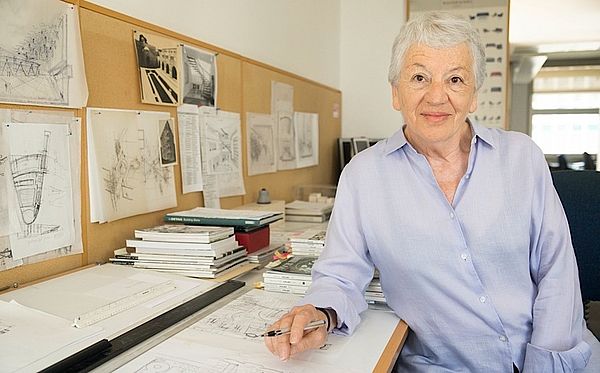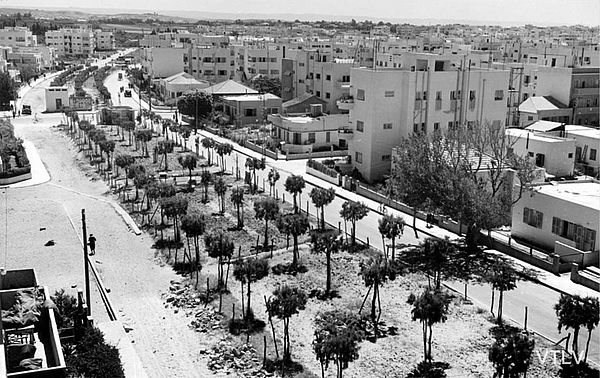Migration of the Material
Triennial of Modernism
Under the auspices of Israel’s Ambassador to Germany, the third Triennial of Modernism will take place in October 2019. For the centenary year, the event at all three historical Bauhaus locations will take on a special character. While Weimar and Berlin will focus on the school’s vision and global legacy, Dessau will examine a group of themes revolving around architecture and materials – also with a view to the White City in Tel Aviv.

headline
With the UNESCO World Heritage Sites of Modernism in Weimar, Dessau and Berlin as its point of departure, the Triennial of Modernism brings modernist architecture into the public eye with special actions every three years. In the long term, we are establishing an international network of World Heritage-listed modernist buildings. Wolfgang Holler, Director General of Museums for the Klassik Stiftung Weimar, is responsible for coordination of the Triennial in the forthcoming year: “This third ‘Triennial of Modernism’ was part of the screenplay for the great Bauhaus centenary year 2019 from the very beginning”, says Holler. The diversity of events is, in his opinion, an ideal opportunity to rediscover the three historic Bauhaus sites: “In Weimar alone, fifteen different event formats are taking place – from exhibitions, readings, open-air cinemas and concerts to specialist conferences.” In the centenary year, the Bauhaus Cooperation and other partners dedicated to modernism’s legacy are working closely together with the World Heritage Sites of Modernism located in Tel Aviv’s White City. Jeremy Issacharoff, the Ambassador of the State of Israel to the Federal Republic of Germany, is honorary patron of the project.
The exhibition “Transferumbau”, for example, will be shown in collaboration with the Liebling Haus - The White City Center. At the heart of the show is the Ha’avara (Transfer) Agreement that was made between Zionists and the German Reich, and which was in effect from 1933 until the beginning of the Second World War. Under the agreement, 50,000 Jews migrated from Germany to Israel, along with goods worth many millions of German Reichsmarks. Material transfer to Palestine triggered a building boom in the 1930s that led, among other developments, to the White City of Tel Aviv. “Transferumbau” is the result of a critical artistic and political research project that sheds light on the historic agreement from the points of view of materials research and humanity. To this end, four artists joined forces to approach the subject through varied means that include photography, sculpture, theatre and performance.
The show offers insights into the history of Tel Aviv’s world-famous modernist architecture and its materials. In 2019 it will be on view simultaneously at the Liebling Haus - The White City Center and in Germany, where the planned venues are the new synagogue in Munich and the Bauhaus in Dessau. Ambassador Jeremy Issacharoff sums up the historical context in which the Bauhaus reached Israel thus: “The Bauhaus movement did much more than simply influence the arts and crafts – it also expanded human prospects. That quality was a circumstance that the Nazis couldn’t tolerate and which forced the first generation of Bauhausler to flee Germany. This persecution led not only to Tel Aviv having the largest number of Bauhaus buildings, but also to the Bauhaus idea having a strong influence on Israel during all the years of its existence”.


[Translate to English:] headline
Another project developed in cooperation with Israel is “The Matter of Data: Tracing the Materiality of Bauhaus Modernism”, which will be shown at the new bauhaus museum weimar. The exhibition is curated by Professor Ines Weizman of Bauhaus-Universität Weimar and developed by members of the new generation of young researchers at the Centre for Documentary Architecture (CDA). It presents current methodologies of research and investigation, employing them to examine the term “Bauhaus modernism”, which is frequently used worldwide, by looking at architecture in Germany and contemporary Israel. The CDA is an interdisciplinary research group that is engaged in the documentation of architecture, its historical, socio-political and urban policy roles and its processes of transformation. “The Matter of Data” is the outcome of a partnership between the CDA, Bauhaus-Universität Weimar and the Liebling Haus - The White City Center . The home of the WCC, a building designed in 1936 by Dov Karmi, acts as a key point of reference, as its origin and construction history are closely linked with the story of immigrants to Palestine who were its initial inhabitants.
Beyond this thematic focus, the Triennial of Modernism 2019 is devoted above all to the built cultural heritage of the three participating cities, which can be experienced in a wide variety of stimulating ways with guided tours, activities, concerts and festivals.
[CG 2018, Translation: DK]

